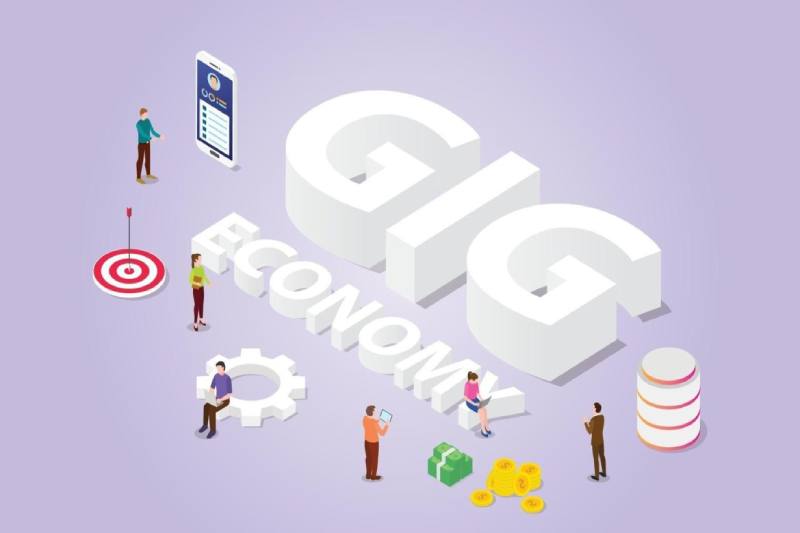
Insider Advice on How to Succeed in the Gig Economy of 2024
There are 57.3 million freelancers in the United States, according to Statista, making gig labor more widespread than it has ever been.
If you’re unemployed right now, you might not have the luxury of saving money before taking on gig work. Regrettably, the savings accounts of a large number of Americans are precarious. The research team at Ascent discovered that, as of July 2023, the median savings account balance was a meager $1,200. Life is expensive, and saving money can be challenging due to low pay and the pressure of unforeseen expenses.
The benefit of joining the gig economy is that you won’t be constrained by a fixed income—or, in the case of a full-time hourly employment, by the amount of hours worked. In addition to improving sleep at night, this might make it simpler to accumulate funds for investments, future objectives, or emergencies.
You will no longer be subject to your employer’s schedule or instructions if you work as a gig worker. But creating your own habits and finding a timetable that suits you is essential if you want to be successful as an independent contractor. This will vary based on the specific kind of work that interests you. Determine the times and locations of your city’s peak ride-hailing periods and make it a priority to be available for work during those hours if you wish to drive for a ride-hailing service like Lyft or Uber.
Perhaps you should plan your workdays such that you are free when they get home from school.
Remember that you shouldn’t work nonstop simply because you have the ability to. Make sure you schedule time off as well. Even while gig workers are not entitled to paid vacation time, you can still treat yourself to that time off.
The gig economy is fluid and constantly evolving. You must be willing to adapt and adjust if you want to prosper. As a result, it makes sense to expand your skill set as you advance. For instance, to become a more well-rounded marketing expert, if you work as a freelance graphic designer, keep up with the newest and best software releases and think about expanding your skill set to include copywriting.
As artificial intelligence permeates more and more aspects of the working world, prepare yourself now if you work in a profession that will be most affected by it (such as web development, tax preparation, and data input and analysis, according to Pew Research). Examine and become acquainted with the AI technologies at your disposal (or, alternatively, assess your competitors and identify strategies to differentiate yourself from the competition as a human worker).
Lastly, one very important business you must take care of if you want to succeed in the gig economy is paying your taxes. If you were formerly a W-2 employee, you most likely didn’t give taxes much thought—possibly only once, at the end of January, when you received a W-2 in the mail, and once more when you filed your taxes.
However, small business owners are frequently gig workers, and taxes account for a far larger portion of our world. Four times a year (January, April, June, and September) you may be required to pay quarterly estimated taxes; failure to do so may result in penalties from the IRS.
Remember to account for deductions! You will be able to deduct expenses as a gig worker that W-2 employees are not allowed to, such as supplies you buy for your home office or a new computer if you are a writer or graphic designer.
The gig economy has brought a change in the who, what, why, where, and when of Americans working.
Instagram creators now have a new tool to try if they're searching for a free… Read More
A free tool to help you boost local SEO and attract more clients is your… Read More
In today’s fast-paced digital world, online shopping has become more than just a convenience, it's… Read More
In today’s hyper-digital environment, social media is more than a marketing channel—it’s a brand’s identity,… Read More
Todd Barrow is rapidly carving out his place in the country music spotlight. Born and… Read More
Bangalore, often dubbed the Silicon Valley of India, is a city that seamlessly blends technological… Read More